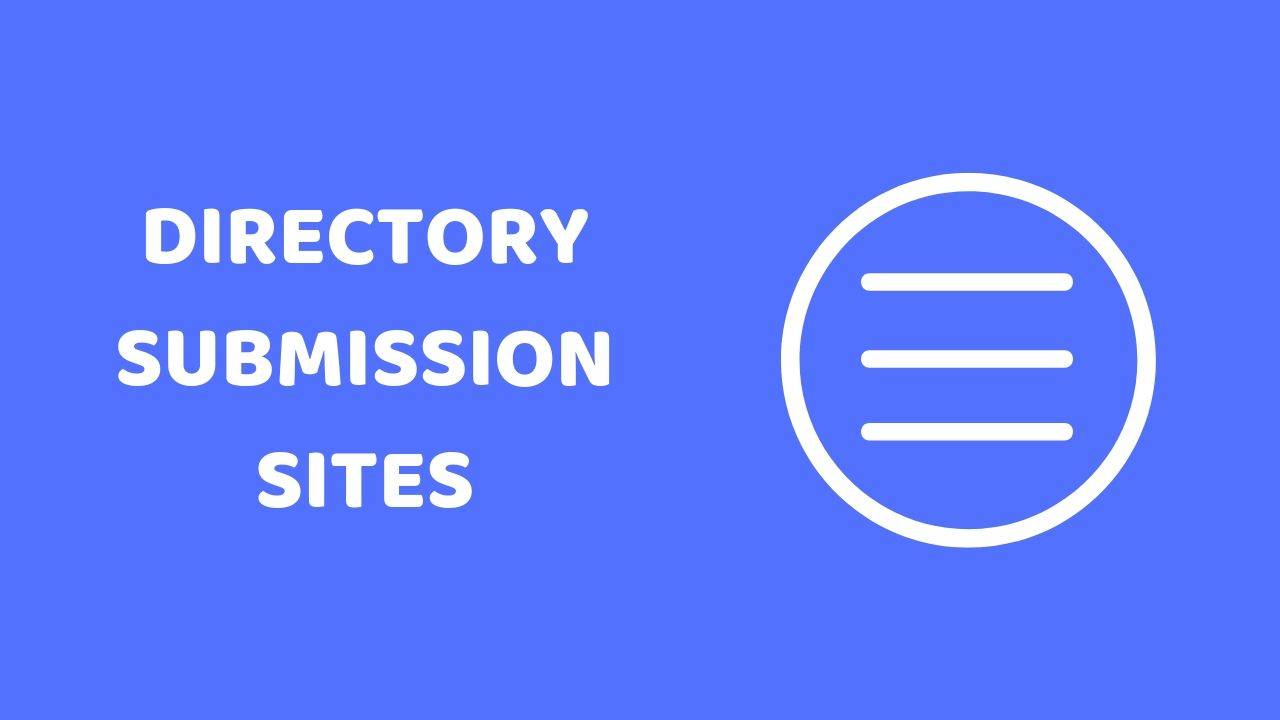Websites provide you with an opportunity to showcase the distinct voice of your brand with potential and existing clients alike and answer any questions they might have about your organization or business. It can range in complexity depending on your desired outcome – be it a blog, news site, e-commerce store, or anything else you can envision.
Design
When creating a website, it is crucial to keep its overall design in mind. This includes everything from its structure to how the pages are laid out and its color scheme – these elements all play an integral part of visitor interaction with your site and whether or not they return.
A good web design should also be user-friendly without becoming overly complex for visitors.
When designing a website, the initial step should be defining its purpose. With so much available online and so many features to explore, this may be difficult; to ensure success it is essential that you have a clear idea of what you would like your site to accomplish and who it should target – this will enable you to select a template or theme suitable for your business.
Once you have an idea for what your website will be, the next step should be finding inspiration. Take inspiration from websites you like or even competitors’ sites as this will allow you to come up with something truly original that catches customers’ eyes and stands out.
Web design encompasses other areas as well, such as web movement. This refers to how different elements of your website are arranged so as to create movement – size, position and direction of each element determining user engagement with your site – for instance making certain buttons or images stand out more by making them larger or changing its color can help do just this.
Unity refers to how all the pieces of your website come together into one seamless and visually informative site, creating an enjoyable browsing experience for your visitors and helping them feel assured they are on the path towards finding what they are searching for. One way you can achieve this goal is by making sure the fonts, colors and graphics remain uniform across your site.

Content
Website content refers to everything a visitor sees or interacts with on your site, such as text, videos, photos or any other form of media. It should be relevant and engaging enough for your target audience, making the navigation simpler for all. Furthermore, content should be written clearly so users can grasp its meaning quickly.
There are various methods available for creating website content, from using a web builder to custom coding your own site.
Each method offers its own advantages and disadvantages – for instance website builders are great options for beginners looking to quickly build their site without needing extensive technical expertise while code requiring more expertise offers greater freedom. You can also visit how to make a website builders for more programming options. There is a wide range available that can fit any application.
Content is at the core of every successful website. Users rely on it for useful and informative information that keeps them engaged with your brand, increasing search engine rankings and helping new potential customers learn about your services and business.
Content creation for websites takes many forms, with relevance to your target market being of primary concern. Avoid overt sales pitches or typos as many visitors can leave in minutes or seconds; keeping their attention is crucial!
Mastering website content writing takes practice. For maximum impact, try to use simple yet readable language without long paragraphs and make use of white space by breaking up text into sections and bullet points and informative headings for ease of scanning by viewers. You can visit this site for more information.
Establishing a website may seem daunting at first, but with the proper tools and knowledge it can be accomplished easily.
A great place to begin is by conducting market research – specifically competitive analysis so as to identify its strengths and weaknesses before developing your own plan accordingly.
Navigation
Navigation of a website allows visitors to move seamlessly from page to page and identify relationships among pages – an integral component of user experience.
Without effective navigation, a website would become nearly non-useful; visitors might become disgruntled if they can’t locate something like contact forms or shopping carts on an e-commerce website.
Planning the navigation of a website requires keeping in mind both audience needs and expectations as well as how your site may be updated in the future. For instance, adding new products should be part of the site map to help users easily locate what they’re searching for while helping search engines understand its content better.
Some websites require updates regularly while others need a more gradual approach. Upkeep depends on factors like complexity and content volume.
To create a website, two components are essential: a domain name and web hosting. Your domain name provides your unique address while hosting servers provide storage space needed for it – these items can both be purchased through domain registration companies and web hosts. You can click the link: https://www.techtarget.com/whatis/definition/domain to learn more.
When designing the navigation of a website, text should always be preferred over images for menu items as it’s easier for search engine rankings and easier for updates than an image. Furthermore, keep the number of items in the navigation bar to a minimum – too many links can become overwhelming and confuse visitors.
Security
Security should always be of top concern when building websites, be they for personal or professional use.
There are various strategies and tools available that can help keep your website secure – using careful planning and the appropriate tools, you can avoid many common problems altogether.
Websites are online collections of files designed to present information, entertainment and services on any given topic or subject. These have their own unique identifier (known as web address); when someone visits your site they connect directly to your server which then formats and sends information back out.
Keep in mind that website upkeep requires more than simply adding pages. Your maintenance strategy should incorporate social media and newsletters as means to drive traffic back to the site – this way it will continue looking great over time. So, get going now; create yours!



